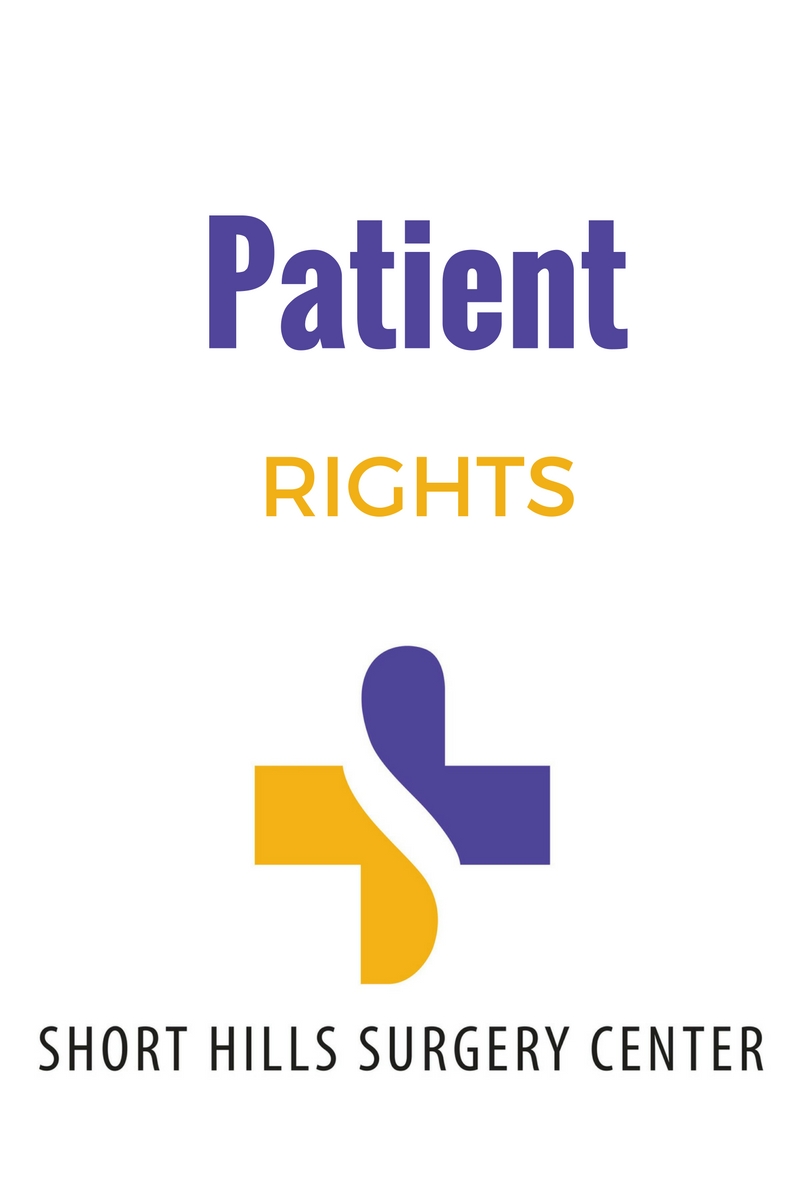BREAST CANCER DETECTION
Breast Cancer Awareness Begins with You
- Shorter treatment
- Milder treatment
- Fewer side effects
- Less chance that cancer has spread to other parts of the body
- Increased survival rate

Ways to Detect Breast Cancer
Breast cancer cannot be prevented, but you can take steps to help detect it as early as possible through these methods and screenings:
Mammogram: A mammogram is a type of x-ray that allows a healthcare specialist to see if there are any suspicious areas in the breast tissue. The American Cancer Society recommends the following schedule for mammogram screening:
- Age 40-44: Should have the choice to begin having a mammogram every year, if of average risk
- Age 45-54: Should get mammograms every year
- 55 and older: Should get mammograms every two years or every year
- Women at high risk: Should have mammograms as well as MRIs and should discuss this with their doctors
The American Cancer Society also advises breast cancer screening should continue as long as a woman is in good health and is expected to live 10 more years or longer.
Pap Test: During a pap smear, the doctor or gynecologist collects samples of cells from a woman’s cervix. These cells can show abnormalities that indicate an increased risk of developing cervical cancer as well as breast cancer. Both mammograms and Pap tests can detect breast cancer risk before a woman notices any symptoms.
Clinical Breast Examinations: During a woman’s annual health check-up, a doctor will perform a clinical breast examination. During this exam, the doctor will feel each breast to see if there are any changes in size, any lumps or any other abnormalities.
Self-Examination: According to the American College of Obstetricians and Gynecologists (ACOG), 70 percent of breast cancer in women under 50 is detected by the women themselves; in women over 50, that percentage is almost half. For this reason, it is important to perform a breast self-examination each month. For instructions on how and when to perform a breast self-exam, go to U.S. National Library of Medicine.
Self-Awareness: ACOG also recommends breast “self-awareness.” This means developing a sense of what is normal, so if a woman senses something in her breast is not right, she can see a doctor.
Be Aware of Risk Factors
Part of breast cancer awareness is being aware of your own risk. Review the risk categories below and talk with your doctor if you have questions or concerns:
- Age. The risk of developing breast cancer increases as a woman ages. Approximately 80 percent of the time, it is detected in women who are 50 and older.
- Personal history. If a woman has had breast cancer in one breast, she is at an increased risk of developing cancer in the other.
- Family history. If a woman’s mother, sister or daughter has had breast cancer, it puts her at higher risk.
- Genetic factors. If a woman has a genetic mutation, she is at higher risk.
- Menstruation and child-bearing. Risks are also higher for women who:
o Had their first period before age 12
o Went through menopause after age 55
o Have not given birth to a child
Make a Difference
October is Breast Cancer Awareness month. Use this opportunity to help spread the word about mammograms, Pap tests, and self-exams. Encourage the people you care about to get screened and share this important message with others!

